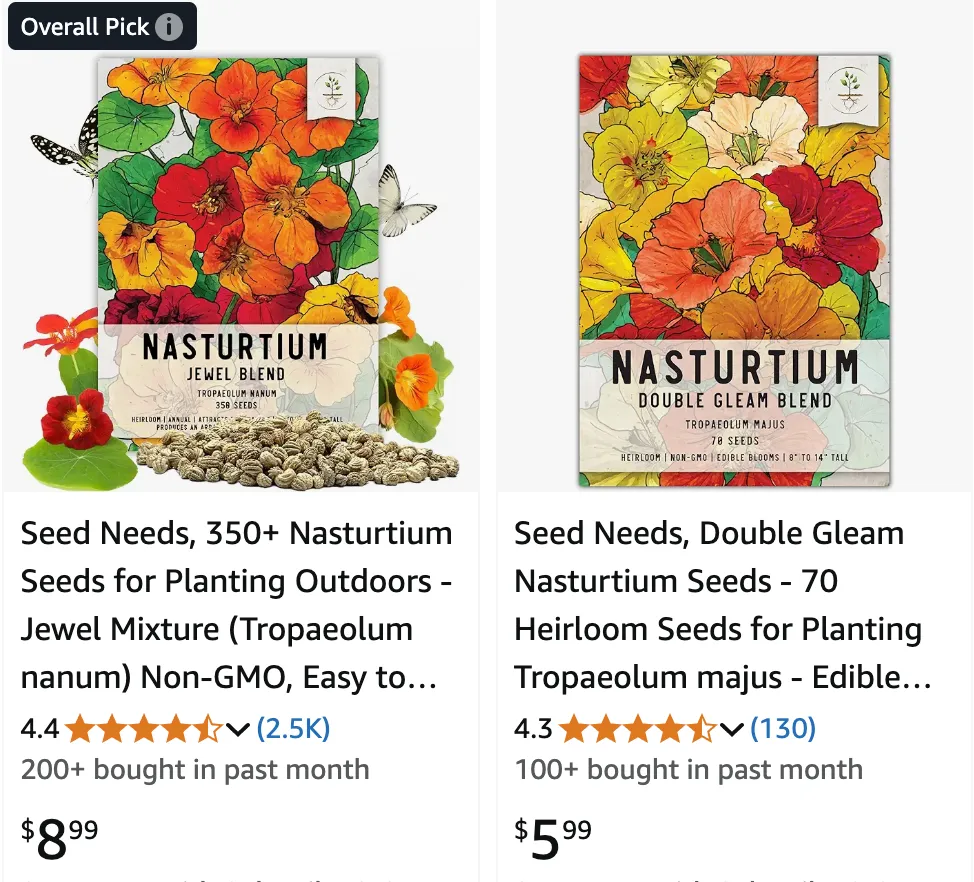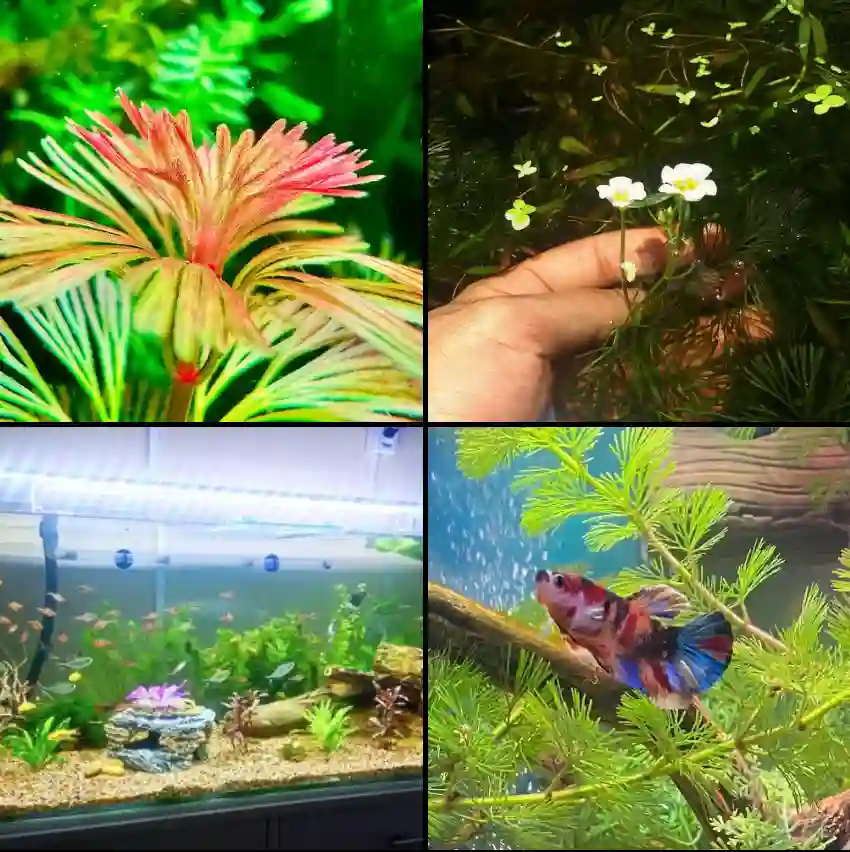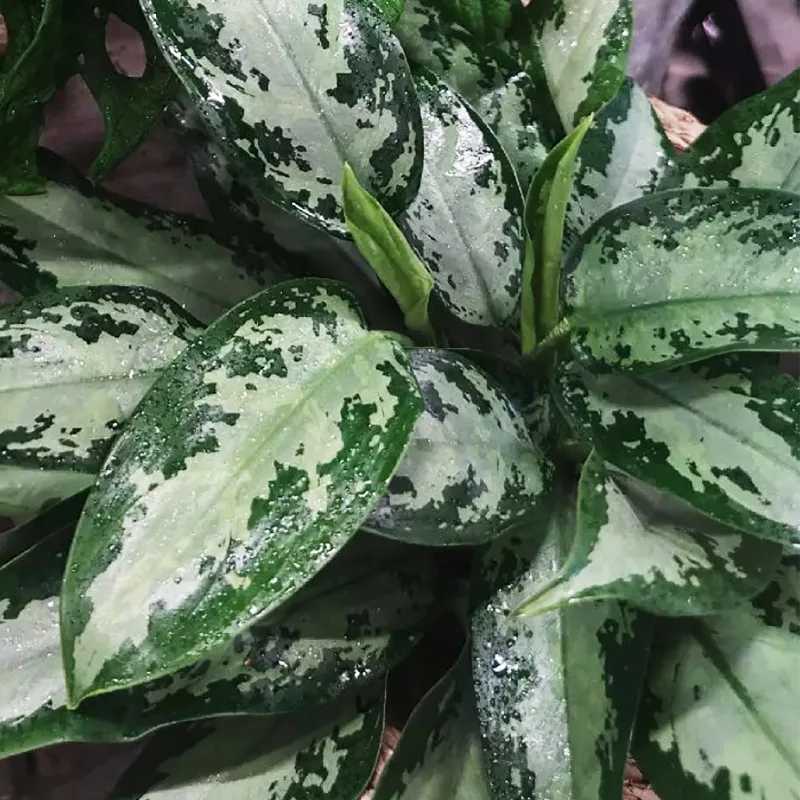
August 26 – Tropaeolum
"Tropaeolum, the nasturtium, represents August 26."
Tropaeolum symbolizes creativity and vitality. You bring a burst of color and energy to everything you do, inspiring those around you. Like its vibrant blooms, your presence lights up the world with joy and enthusiasm.
Exploring the Tropaeolaceae Family: A Dive into Tropaeolum
As a plant enthusiast, I’ve always been fascinated by the incredible diversity found in the plant kingdom. One family that truly captivates me is the Tropaeolaceae, particularly the genus Tropaeolum. Known commonly as nasturtiums, these plants are more than just beautiful flowers; they are a perfect blend of aesthetics and functionality. In this article, I’ll take you through my personal journey with Tropaeolum, exploring its characteristics, cultivation tips, and culinary uses.
Understanding the Tropaeolaceae Family
The Tropaeolaceae family, often referred to as the nasturtium family, consists of herbaceous plants, mainly originating from South America. The most recognized genus, Tropaeolum, features over 90 species. What draws me to these plants is their vibrant colors and unique growth habits. With shades ranging from deep reds to bright yellows, nasturtiums can bring life to any garden.
These plants are not just visually appealing. They have a fascinating historical background. Indigenous to the Andes region, they have been cultivated for centuries. The early Incas utilized them not only for their beauty but also for their medicinal properties. Over the years, I’ve discovered that they are rich in vitamin C and contain compounds with antimicrobial properties.
A Riot of Color and Form: Exploring the Species
The diversity within the Tropaeolum genus is truly remarkable. From the climbing vines of Tropaeolum majus, the common garden nasturtium, to the tuberous roots of Tropaeolum tuberosum, commonly known as mashua, there’s a nasturtium to suit every taste and garden.
Here are species that make up this diverse genus:
- Tropaeolum adpressum Hughes
- Tropaeolum argentinum Buchenau
- Tropaeolum asplundii Sparre
- Tropaeolum atrocapillare Sparre
- Tropaeolum austropurpureum (J.M.Watson & A.R.Flores) J.M.Watson & A.R.Flores
- Tropaeolum azureum Bertero ex Colla
- Tropaeolum beuthii Klotzsch
- Tropaeolum bicolor Ruiz & Pav.
- Tropaeolum boliviense Loes.
- Tropaeolum brachyceras Hook. & Arn.
- Tropaeolum brasiliense Casar.
- Tropaeolum brideanum Sparre
- Tropaeolum calcaratum Sparre
- Tropaeolum calvum (J.F.Macbr.) Sparre
- Tropaeolum capillare Buchenau
- Tropaeolum carchense Killip ex Sparre
- Tropaeolum ciliatum Ruiz & Pav.
- Tropaeolum cirrhipes Hook.
- Tropaeolum cochabambae Buchenau
- Tropaeolum crenatiflorum Hook.
- Tropaeolum curvirostre Sparre
- Tropaeolum cuspidatum Buchenau
- Tropaeolum deckerianum Moritz & H.Karst.
- Tropaeolum dipetalum Ruiz & Pav.
- Tropaeolum elzae Sparre
- Tropaeolum emarginatum Turcz.
- Tropaeolum ferreyrae Sparre
- Tropaeolum fintelmannii Schltdl.
- Tropaeolum flavipilum Killip
- Tropaeolum garciae Sparre
- Tropaeolum harlingii Sparre
- Tropaeolum haynianum Bernh.
- Tropaeolum hirsutum Sparre
- Tropaeolum hirtifolium Hughes
- Tropaeolum hjertingii Sparre
- Tropaeolum hookerianum Barnéoud
- Tropaeolum huigrense Killip
- Tropaeolum incisum (Speg.) Sparre
- Tropaeolum × jilesii Sparre
- Tropaeolum kerneisinum Hughes
- Tropaeolum kieslingii Bulacio
- Tropaeolum kingii Phil.
- Tropaeolum kuntzeanum Buchenau
- Tropaeolum lasseri Sparre
- Tropaeolum leonis Sparre
- Tropaeolum lepidum Phil. ex Buchenau
- Tropaeolum leptophyllum G.Don
- Tropaeolum lindenii Wallis
- Tropaeolum longiflorum Killip
- Tropaeolum longifolium Turcz.
- Tropaeolum looseri Sparre
- Tropaeolum magnificum Sparre
- Tropaeolum majus L.
- Tropaeolum mexiae Killip ex Sparre
- Tropaeolum meyeri Sparre
- Tropaeolum minus L.
- Tropaeolum moritzianum Klotzsch
- Tropaeolum myriophyllum (Poepp. & Endl.) Sparre
- Tropaeolum nubigenum Phil.
- Tropaeolum nuptae-jucundae Sparre
- Tropaeolum orinocense P.E.Berry
- Tropaeolum orthoceras Gardner
- Tropaeolum × oxalianthum C.Morren
- Tropaeolum papillosum Hughes
- Tropaeolum parvifolium Hughes
- Tropaeolum patagonicum Speg.
- Tropaeolum pellucidum Sparre
- Tropaeolum peltophorum Benth.
- Tropaeolum pendulum Klotzsch
- Tropaeolum pentagonum Hughes
- Tropaeolum pentaphyllum Lam.
- Tropaeolum peregrinum L.
- Tropaeolum polyphyllum Cav.
- Tropaeolum porifolium (Cav.) L.Andersson & S.Andersson
- Tropaeolum pubescens Kunth
- Tropaeolum purpureum Killip
- Tropaeolum repandum Heilb.
- Tropaeolum rhomboideum Lem.
- Tropaeolum sanctae-catharinae Sparre
- Tropaeolum seemannii Buchenau
- Tropaeolum sessilifolium Poepp. & Endl.
- Tropaeolum slanisii Bulacio
- Tropaeolum smithii DC.
- Tropaeolum sparrei B.Ståhl
- Tropaeolum speciosum Poepp. & Endl.
- Tropaeolum steyermarkianum Sparre
- Tropaeolum stipulatum Buchenau & Sodiro
- Tropaeolum × tenuirostre Steud.
- Tropaeolum traceyae Hughes
- Tropaeolum trialatum (Suess.) L.Andersson & S.Andersson
- Tropaeolum tricolor Sweet
- Tropaeolum trilobum Turcz.
- Tropaeolum tuberosum Ruiz & Pav.
- Tropaeolum umbellatum Hook.
- Tropaeolum wagnerianum H.Karst. ex Klotzsch
- Tropaeolum warmingianum Rohrb.
- Tropaeolum willinkii Sparre
The Beauty of Tropaeolum
Tropaeolum species exhibit a remarkable range of growth forms. Some are sprawling ground covers, while others grow as climbing vines. My personal favorite is Tropaeolum majus, which can easily reach up to 10 feet in length. Its bright, cup-shaped flowers are a stunning sight in any garden. I’ve found that planting them near trellises or fences enhances their climbing abilities, creating a beautiful vertical display.
Another appealing feature of nasturtiums is their leaves. The large, round, and sometimes variegated leaves add a unique texture to garden arrangements. When I first planted them, I was pleasantly surprised by how quickly they established themselves. Tropaeolum species thrive in well-drained soil and require minimal care, making them perfect for both novice and experienced gardeners.
Cultivation Tips for Tropaeolum
If you’re considering adding Tropaeolum to your garden, there are several cultivation tips I’ve learned through my experience. First, these plants prefer full sun, but they can tolerate partial shade. When I planted them in a location with at least six hours of sunlight, they flourished.
Soil preparation is also crucial. I recommend ensuring your soil is well-draining, as Tropaeolum doesn’t like to sit in water. I usually mix in compost or well-rotted manure to enrich the soil. This not only provides nutrients but also helps with drainage.
Watering is essential, especially during dry spells. While Tropaeolum is somewhat drought-resistant, I’ve noticed that consistent watering leads to more robust growth and flowering. Fertilizing every few weeks with a balanced fertilizer can also promote blooming.
Culinary Uses of Tropaeolum
One of the most exciting aspects of growing Tropaeolum is its culinary potential. The flowers and leaves are edible, offering a peppery flavor reminiscent of arugula. I often add the vibrant flowers to salads for a pop of color and flavor. They make for a beautiful garnish on dishes, impressing my guests every time.
The leaves can be used in various recipes, too. I’ve experimented with making pesto using nasturtium leaves instead of basil, and the results were delightful! The peppery notes add a unique twist to the traditional sauce. Additionally, the seeds can be pickled and used as a substitute for capers, providing a delicious and unique flavor profile.
Companion Planting with Tropaeolum
Another benefit of incorporating Tropaeolum in my garden is its ability to attract beneficial insects. These plants are known to draw in pollinators like bees and butterflies. I’ve found that planting nasturtiums alongside vegetables, particularly brassicas, can help deter pests such as aphids and cabbage worms. This natural pest control is an invaluable asset for any gardener.
Conclusion
In summary, the Tropaeolaceae family, specifically the Tropaeolum genus, offers a wealth of benefits to gardeners and food lovers alike. Their stunning flowers, easy cultivation, and culinary versatility make them a must-have in any garden. My personal journey with nasturtiums has been incredibly rewarding, and I encourage fellow plant enthusiasts to explore the beauty and utility of these remarkable plants. Whether you’re looking to enhance your garden’s aesthetic, attract pollinators, or add a unique flavor to your dishes, Tropaeolum has something for everyone.
If i die, water my plants!



